Surprising spots to check for skin cancer
Don't overlook these often-missed places where skin cancer can lurk.
Updated on September 30, 2024

The facts are startling: One in five people in the United States will get skin cancer. Deadly melanoma is on the rise. But here's another fact: Skin cancer is almost always curable if caught early.
"A large majority of skin cancers look bad and make people worried," says John Turner, MD, a pathologist in Richmond, Virginia. Yet "a simple surgical incision taken at the right time," he adds, can mean a cure.
You may know to protect areas like your face, neck, arms, and legs. But there are other spots that should be on your radar.
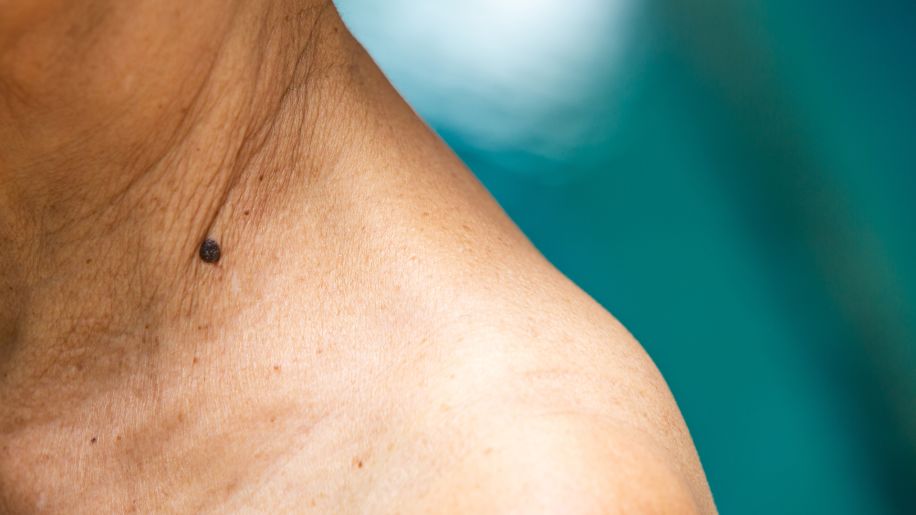
How to Spot Skin Cancer
“If you’re watching something change on your body and you’re wondering if you should see a doctor, the answer is yes,” Dr. Turner says. Here's a quick guide:
- Melanoma is the most serious skin cancer. It may appear as a new or existing mole, lump or marking that changes in shape, size or color.
- Squamous cell carcinoma, on people with lighter skin, may appear as a thick, rough, or scaly reddish patch that may crust or bleed; a raised growth, sometimes with a dip in the center; or an open sore that doesn’t heal.
- Basal cell carcinoma, on people with lighter skin, can appear as a flat, firm, pale, or yellow area; an itchy, raised reddish or discolored patch: a small, pearly pink or red bump; an open sore that doesn’t heal, or a pink growth with raised edges.
Squamous and basal cell carcinomas are not as common in people with darker skin according to the American Cancer Society. When they do occur, they’ll often have similar textures and shapes, though they will typically be darker in color.
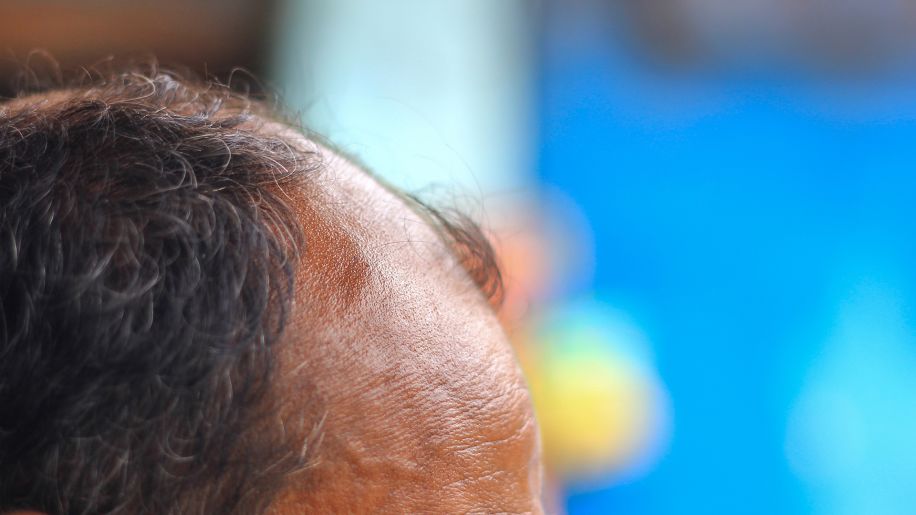
Where to Check: Scalp
Unless you wear a hat all the time during the day, your head is almost always exposed to the sun. That makes your scalp a potential target for skin cancer. Sunscreens designed especially for hair and scalp are available, so try those for protection. To check your scalp for changes, use a hand mirror and comb, or ask a friend to help. And listen to your hair stylist.
“Occasionally hairdressers will notice if something on the scalp got bigger, darker, or keeps bleeding," Turner says. If that happens, see your doctor right away.

Where to Check: Eyelids
You faithfully apply sunscreen on your face, but what about your eyelids? The skin around the eyes is thin and delicate, making it more prone to skin cancer. In fact, eyelid skin cancer accounts for up to 10 percent of all skin cancers.
“The eyelids are particularly scary when you talk about having surgery [to treat skin cancer],” says Turner. To help protect them, he recommends wearing UV-protection sunglasses. You can also try an eye cream or moisturizer with sunscreen, which is less likely to run into your eyes and irritate them than regular sunscreen.

Where to Check: Behind Your Ears
While skin cancer on the ears is fairly common, it can develop behind the ears, too. To protect your ears, Turner suggests trading in the usual baseball cap for a broad-rimmed hat that provides more coverage. You can check for skin cancer behind the ears using a hand mirror or ask a friend to look for you. “There’s nothing wrong with using a buddy system,” says Turner.

Where to Check: Lips
Skin cancer on the lips, and particularly the lower lip, is actually quite common, accounting for approximately 0.6 percent of all cancers in the U.S. The good news is that the lips' visible location makes skin cancer easy to spot and treat early. To protect your lips, again, use a SPF 30 or higher lip balm. Apply it often.
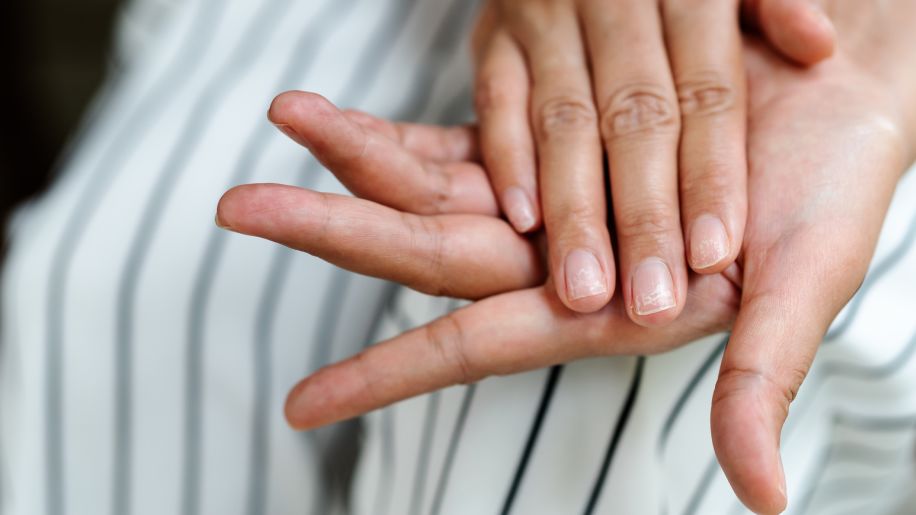
Where to Check: Hands, Feet and Nails
When it comes to your hands and feet, don't skimp on the sunscreen. Skin cancer can develop on your palms, soles, between your fingers and toes, and under your nails.
“Feet and toenails are tricky places people will overlook,” says Turner. And, possibly due to genetic factors, people with darker skin tend to get skin cancer on their palms, soles, and nails more often than elsewhere.
Skin cancer under the nail is particularly dangerous, as it tends to go undiagnosed until it's advanced. If you notice a darkened line or streak on your nail; bleeding or ulceration of the nail; thinning, cracking, or nail distortion—get it checked right away.

Where to Check: Below the Belt
You may not think of skin cancer developing around the genital area, but it can happen. Melanomas of the vaginal area account for less than 2 percent of melanomas in women. While also rare, men can develop skin cancer on the penis.
Women should check for pain, bleeding, itching, discharge, or changes in existing moles. Men should watch for areas that become thicker or change color, any sore that bleeds, or moles that change in shape, size, or color.
Use a hand mirror, and while you're looking, check out your rear view for skin changes around the buttocks. If you see something suspicious, don't waste time feeling embarrassed: See your doctor.
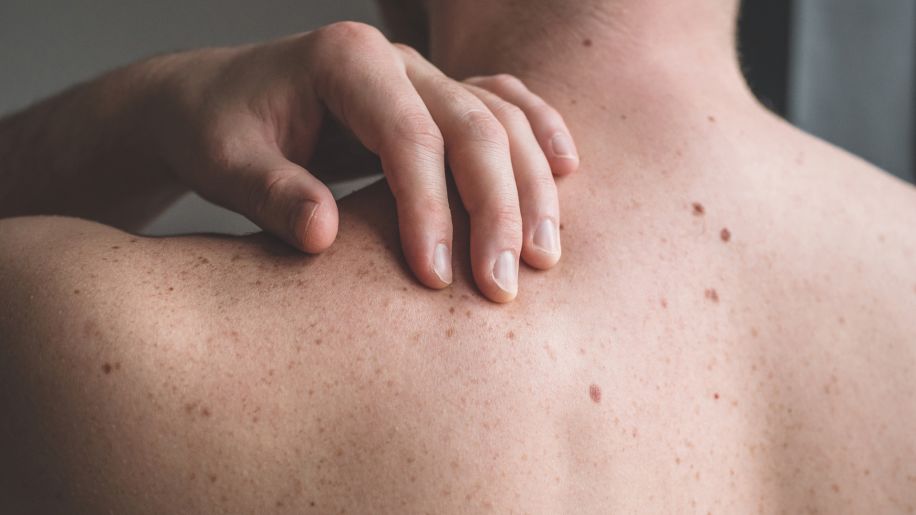
Protect Yourself All Over
Good sunscreen habits are key to preventing skin cancer. “What I see most often is people taking a dime-sized drop of sunscreen and trying to spread it over their entire body,” Turner says. “That’s not really how sunscreen is supposed to work."
Instead, use at least a shot-glass's worth with an SPF of 30 or higher (30 for longer outdoor time). Reapply every two hours when you’re outside and right after sweating or swimming. A few more reminders:
- Try to remain in the shade between 10 a.m. to 4 p.m., when the sun’s rays are strongest.
- When you're out in the sun, cover up.
- Never use UV tanning beds.
- See your healthcare provider for an annual skin check.

American Academy of Dermatology Association. Skin Cancer: Incidence Rates. Updated June 4, 2024.
Lapides R, Saravi B, Mueller A, Wang-Evers M, et al. Possible Explanations for Rising Melanoma Rates Despite Increased Sunscreen Use over the Past Several Decades. Cancers (Basel). 2023 Dec 16;15(24):5868.
Cleveland Clinic. Skin Cancer. Reviewed November 19, 2021.
American Cancer Society. Signs and Symptoms of Basal and Squamous Cell Skin Cancers. Revised October 31, 2023.
American Cancer Society. Signs and Symptoms of Melanoma Skin Cancer. Revised October 27, 2023.
American Cancer Society. How to Spot Skin Cancer. April 9, 2020.
Skin Cancer Foundation. A Haircut Could Save Your Life. September 6, 2022.
Skin Cancer Foundation. Ask the Expert: Can You Safely Use Sunscreen Around Your Eyes? If so, What Kind Would Be Best? December 2, 2020.
Skin Cancer Foundation. Focus on Eyelid Skin Cancers: Early Detection and Treatment. June 7, 2021.
American Academy of Ophthalmology. EyeWiki: Squamous Carcinoma of the Eyelid. Reviewed May 24, 2024.
Cleveland Clinic. Skin Cancer on Ear. February 1, 2023.
Mayo Clinic. Lip Cancer. November 28, 2023.
Memorial Sloan Kettering Cancer Center. Lip Cancer. Accessed September 30, 2024.
Cleveland Clinic. Lip Cancer. October 21, 2021.
American Academy of Dermatology Association. How to check your nails for melanoma. Updated May 7, 2021.
Cleveland Clinic. Subungual Melanoma. January 2, 2024.
American Podiatric Medical Association. What Are Skin Cancers of the Feet? Accessed September 30, 2024.
Skin Cancer Foundation. Skin Cancer in People of Color. Accessed September 30, 2024.
American Cancer Society. What Is Penile Cancer? Revised June 25, 2018.
Cancer Research UK. Vaginal melanoma. Reviewed March 7, 2024.
American Cancer Society. Signs and Symptoms of Vulvar Cancers and Pre-Cancers. January 16, 2018.
Centers for Disease Control and Prevention. Skin Cancer: Reducing Risk for Skin Cancer. July 1, 2024.
American Academy of Dermatology Association. How to prevent skin cancer. Accessed September 30, 2024.
Skin Cancer Foundation. Skin Cancer Prevention. Updated July 2024.
Featured Content

slideshow
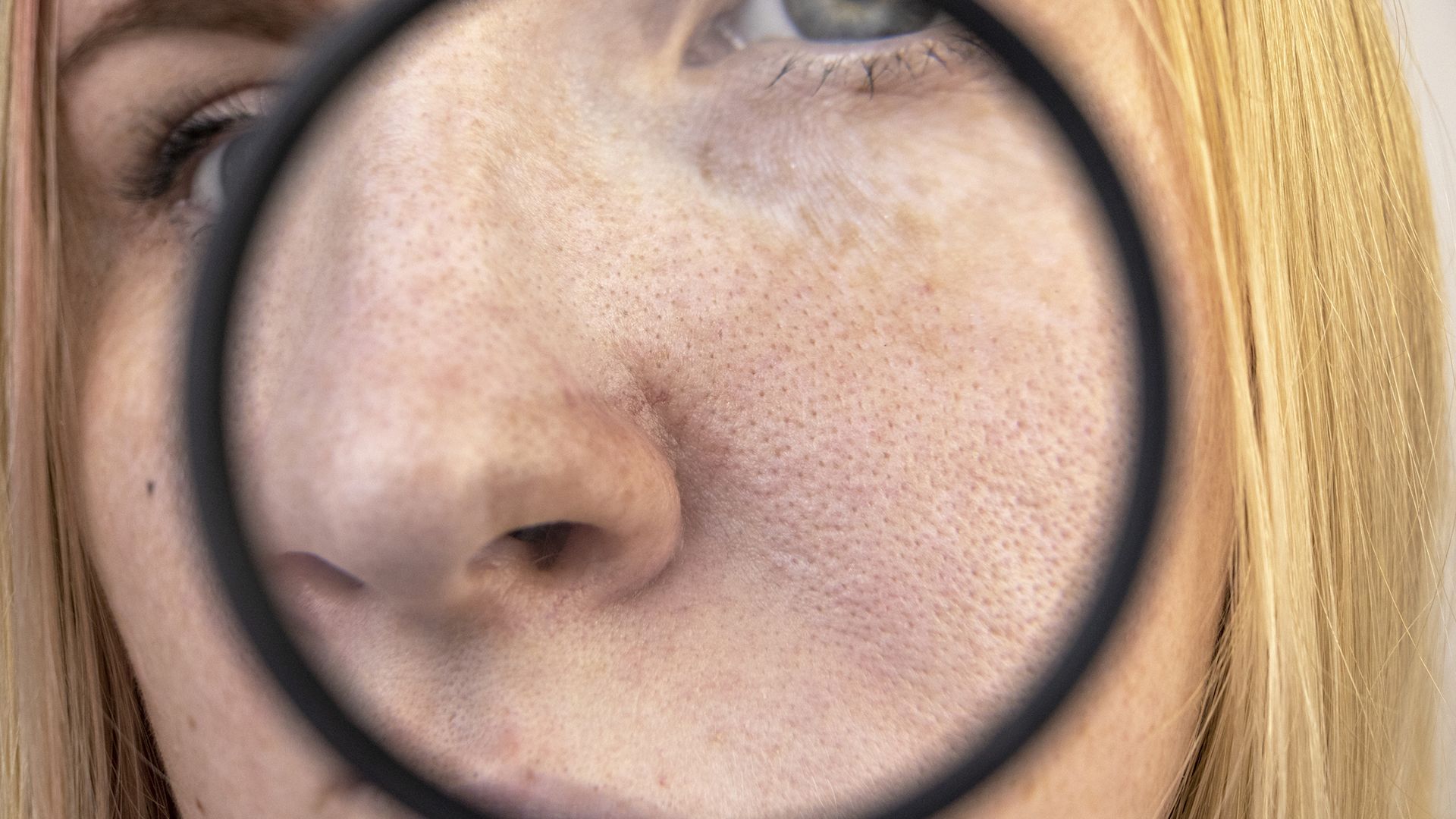
article


video
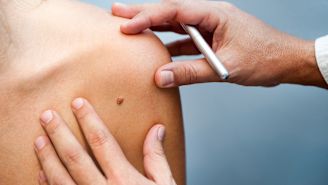
slideshow
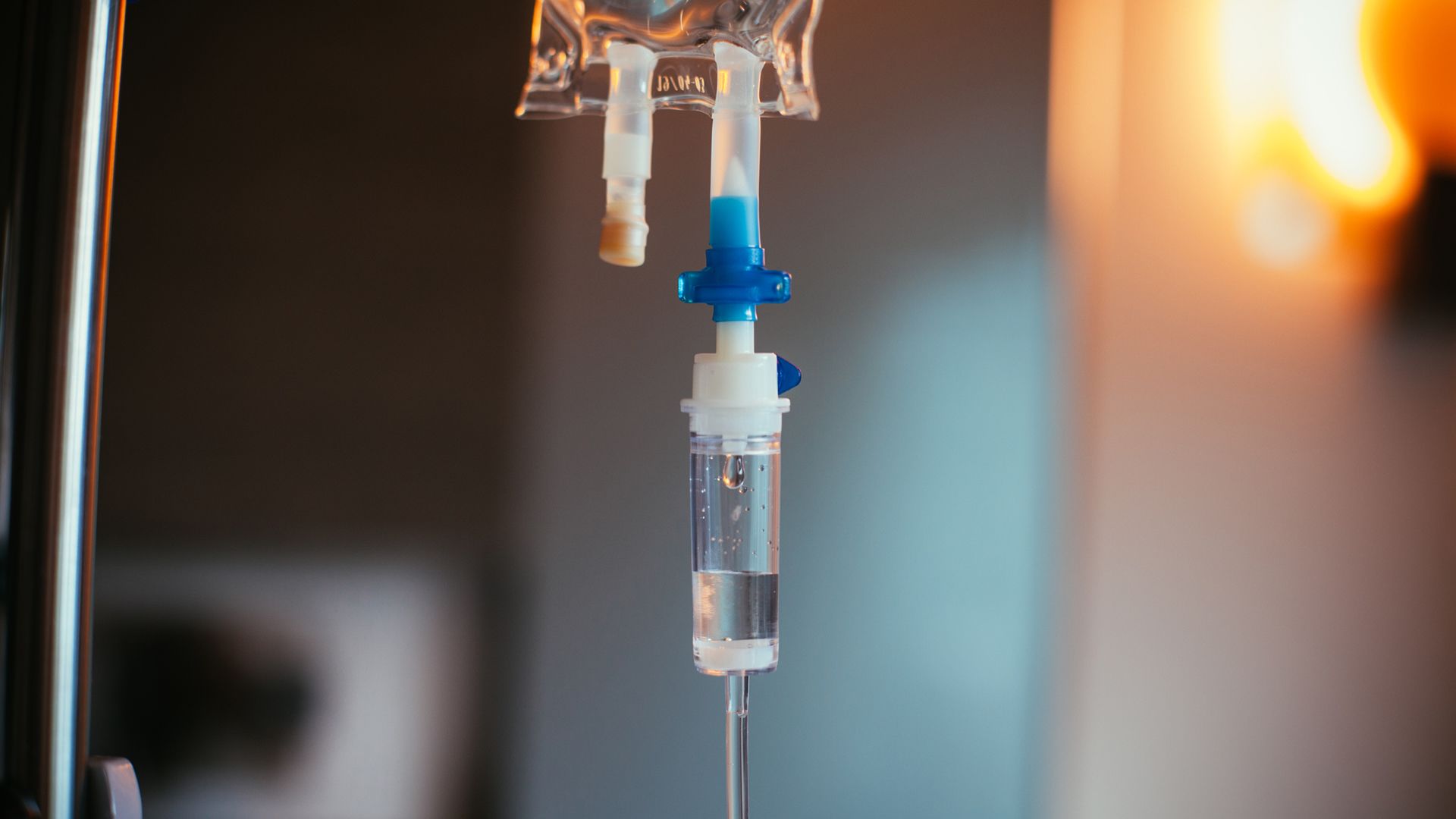
article
